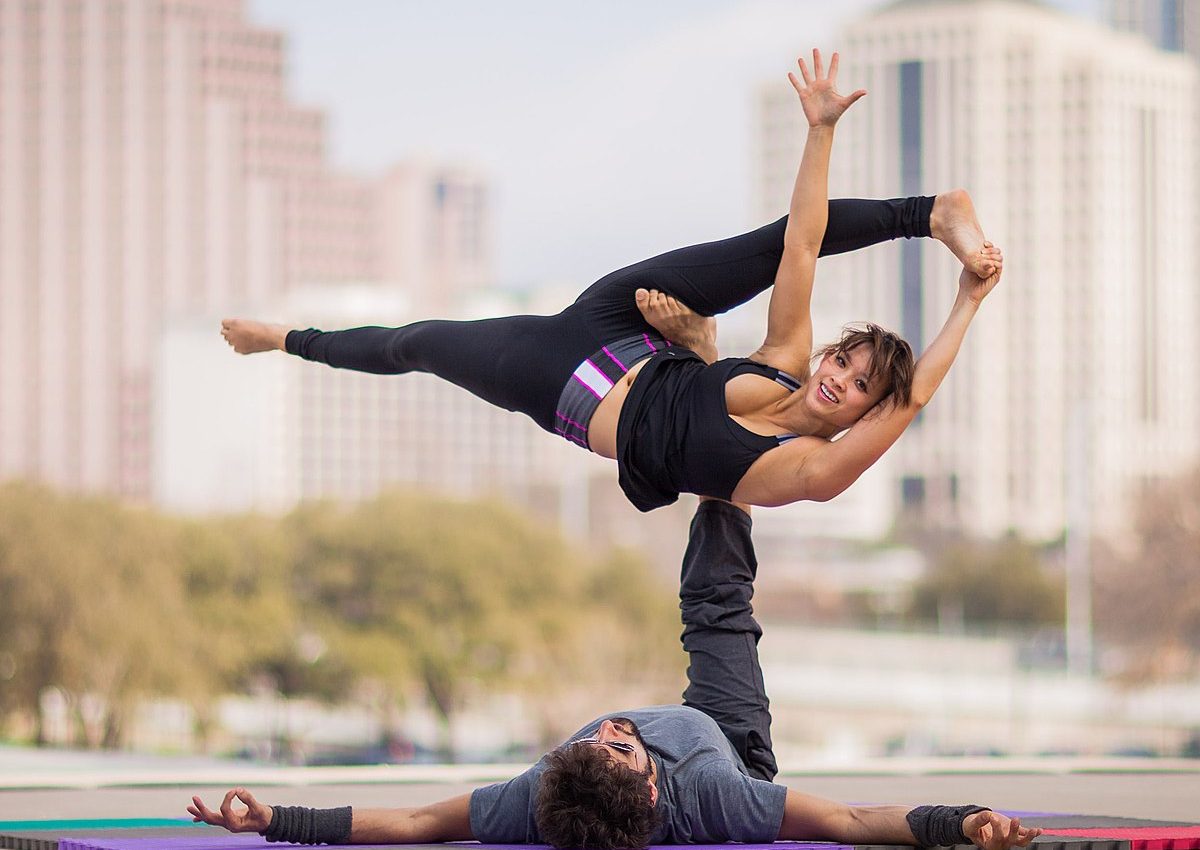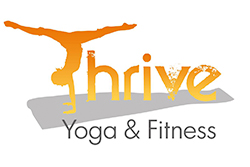
Meditating Alone, But Together?
Meditation is typically a solitary activity, but does it have to be? One meditates to accomplish several intents: grounding oneself, quieting the chatter of the mind, embodying tranquility, accessing deeper parts of the unconscious, and so on. But is this only possible alone or can you team up?
There are various forms of meditation, and several of them can be done alongside, or even with a partner. This could be done simply by sitting side-by-side in meditative silence, or involve more interactive forms of meditation. Many variations amplify and deepen awareness of yourself and another.
Some forms of meditation are particularly effective for romantic couples, as we will explore here. Wouldn’t it be lovely to learn how to have richer and deeper experiences of one another? To notice more, appreciate more, experience more, and deepen the sensations of one another? Let’s go over some quick examples of partner meditative practices.

Tantric Eye Gazing
Eyes are the windows of the soul, so why not share a soul-gaze? This practice originates from Tantra traditions, which are more generally rooted in a unique philosophy and set of practices shared by some Yogis, Hindus and Buddhists with intermingled mystical lineages.
Tantra, explained briefly, is meant to fully embody spiritual dimensions of subjective experiences as a sort of universal consciousness experiencing itself through specific viewpoints. And sometimes this consciousness sees itself in different subjectivities gazing deeply into one another, causing a profound recognition.
So this eye-gazing meditation specifically, at a glance, may resemble a sort of childhood staring contest. However, it is intended to amplify emotions like love and deep attraction rather than discomfort or aggression. Many practitioners recommend doing it for several minutes at a time, paired with deep breaths. And, of course, each gazer should do their absolute best not to blink; all while noticing their experience in a deeper way.
Additional benefits of this practice include increased trust, intimacy, and emotional intelligence vis-a-vis recognition of subtle facial expressions.
Body Sensation Awareness (Body Scanning)
Have you ever been told that you needed to “get out of your head”? Or that “you think too much”? It can be an annoying observation — particularly if you’ve developed otherwise valuable critical thinking skills. But it may be true, at least some of the time. And for most of us, its at least true that we’re not dropped into our body enough.
When we pay attention to the sensations of our bodies, we can actually influence or change those sensations. We embody our experience, more than simply live through a state of thinking about it conceptually like a non-stop court reporter transcript. We develop awareness of our mind’s patterns and re-route as much focus to our body as we can. We appreciate our experience in a deeper way (mind, and body).
The actual steps of this practice can take you through an experiential tour of your embodied awareness from your toes to your crown, and is best left for more detailed overviews or instruction elsewhere. But, you get the idea… at least until your body will get the chance to “get” that idea in practice.
Now, since individuals can do this with the awareness of their own bodies and sensations, imagine what happens when partners explore their body awareness and scanning interactively with one another. As deeply as you can explore yourself, perhaps just as deeply, you can explore one another’s sensations and awareness through guided scanning exercises for partners. Imagine the sensual benefits for romance that come along with this partnered practice. We can certainly guess the communication improvements implicit in sharing one another’s bodily experiences so mindfully.
Partner Tai Chi
Example: mimicking each other’s actions in sync
If you’ve ever practiced Tai-Chi, and had the experience of the instructor repeatedly telling you “even slower now…”, perhaps you’ll get the sense of hyper-deliberate pacing that seems to slow down your entire bodily experience of time itself. Perhaps this meditative partner exercise is better left experienced than described, but consider this: everything about our modern life is rushed. And this can even leak, inevitably, into our romance and relationships. Time together should be savored, which can only really happen when time moves slower than our usual pace of forced productivity. This can also only happen when we learn to synchronize our unhurried movements; to mirror one another’s practiced grace.
So when two bodies consciously move as slowly as possible together, you embody a practice of practically slowing down time together. If you’ve ever felt that you wished a moment could last forever with your partner, this may be as close a practice of this you can get. And hopefully, you can in some way apply this skill to other moments together.
After all, what’s the rush?
Interested in more partner meditation techniques?
Thrive is hosting a Partner’s Retreat in Sedona, Arizona. We’ll be doing many partner-based meditative activities like the ones described above. You and your partner can take these practices with you, sharpen your ability to savor mindful moments with one another, and experience a bond and awareness with one another in deeper ways. Check out our retreat information page.


